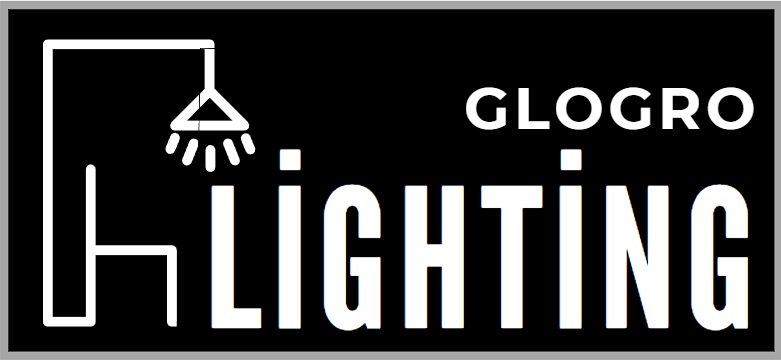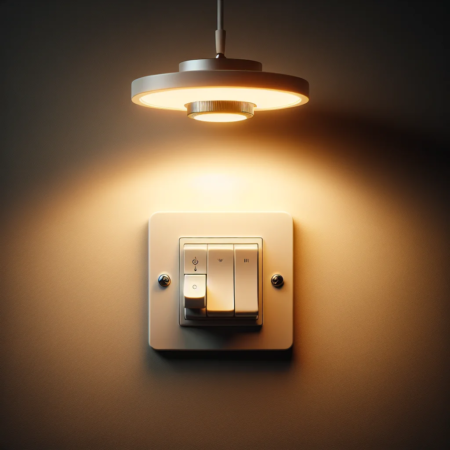Check out this Youtube video: “Do LED strip lights get hot? – Why use a profile as a heatsink?” to learn about the safety and benefits of using LED strip lights with a heatsink profile to prevent overheating.

Contents
How LED Lights Work
Energy efficiency LED lights are renowned for their exceptional energy efficiency, consuming up to 90% less energy compared to traditional lighting. This substantial energy-saving characteristic makes them highly cost-effective and environmentally friendly. The secret behind their superior efficiency lies in the technology used to produce light. Instead of relying on heating a filament like incandescent bulbs, LEDs create light using a process called electroluminescence, which directly converts electrical energy into light. This results in minimal energy wastage through heat production, making LED lights the top choice for those looking to save on energy bills.
Heat production In contrast to traditional bulbs, LEDs emit very little heat, which is one of their advantageous features. The heat generated by LEDs is a byproduct of their light production process. Although they do produce some heat, it is significantly lower than traditional lighting options. This is attributed to the nature of the PN junction of the LED diode, which leads to lower efficiency as heat is introduced. While LEDs generally remain cool to the touch and do not emit infrared radiation, it’s essential to ensure that proper LED thermal management is in place to efficiently dissipate any heat generated and prevent overheating.
Table
| LED Lights Feature | Details |
|---|---|
| Energy Efficiency | Up to 90% less energy consumption compared to traditional lighting |
| Durability | Last up to 25 times longer than traditional incandescent bulbs |
| Heat Emission | Emit very little heat, with efficient heat dissipation being crucial to prevent overheating |
Do LED Ceiling Lights Get Hot?
LED ceiling lights do generate some amount of heat, but compared to traditional incandescent or halogen bulbs, they operate at significantly lower temperatures. During development and testing, it was found that the heatsink of a fully lit LED bulb recorded temperatures between 60°C-100°C (140°F-212°F), which can vary based on the make and model of the LED bulb, room temperature, and airflow.
Temperature of LED lights
Even when their performance is slightly affected by temperature fluctuations.
Comparison to other types of lights
In comparison to traditional incandescent bulbs, the impact of temperature on LED lights is less pronounced. Incandescent bulbs become less efficient as they get warmer, while LED lights maintain higher efficiency levels even when exposed to heat.
Additionally, the cooler running temperature of LED lights reduces the risk of fire hazards associated with overheating and makes them safer to handle.
| LED Lights | Incandescent Lights |
|---|---|
| Low operating temperature range | High operating temperature range |
| More efficient and less affected by heat | Less efficient and highly affected by heat |
| Low risk of fire hazards | Higher risk of fire hazards |
| Cooler to the touch | Warmer to the touch |
LED ceiling lights do produce some heat, but the temperature ranges they operate in and their lower risk of fire make them a safer and more efficient lighting option compared to traditional incandescent bulbs.
Energy-saving benefits
LED lights are highly energy efficient, using at least 75% less energy than incandescent lighting. This leads to significantly reduced energy consumption and lower electricity bills.
Additionally, LED lights have a long life span, lasting up to 25 times longer than incandescent lighting. This longevity reduces the frequency of replacements, further contributing to energy and cost savings.
LED lights are also operational in extremely cold or hot temperatures, ensuring consistent performance regardless of environmental conditions. This reliability makes them suitable for various applications, including outdoor and industrial settings.
By utilizing LED lights, individuals and businesses can achieve substantial energy savings while benefiting from long-lasting, durable lighting solutions.
Another significant advantage of LED lights is their design flexibility, allowing for innovative and diverse lighting designs. This flexibility enables the creation of custom lighting solutions tailored to specific needs and preferences.
Moreover, LED lights emit zero UV emissions, making them ideal for environments that require UV-sensitive lighting or where UV exposure must be minimized.
The energy-saving benefits of LED lights encompass reduced energy consumption, prolonged lifespan, operational adaptability to various temperatures, design flexibility, and minimal UV emissions.
Environmental impact
LED lights make a commendable contribution to reducing environmental impact. They produce significantly lower carbon emissions compared to traditional lighting sources, such as incandescent bulbs.
For instance, while an incandescent bulb results in annually emitting 4,500 pounds of CO2, an LED bulb only contributes 451 pounds of CO2 per year. This substantial reduction in carbon emissions promotes environmental sustainability and helps mitigate the effects of climate change.
The low energy consumption of LED lights not only leads to reduced carbon emissions but also diminishes the demand from power plants. This reduction in energy demand further contributes to minimizing greenhouse gas emissions, supporting efforts to combat climate change.
Furthermore, LED lights contain no toxic elements, making them environmentally friendly and safe for disposal. Their longer lifespan also reduces the frequency of replacements, ultimately decreasing the environmental impact associated with manufacturing, transportation, and disposal of lighting products.
The environmental impact of LED lights encompasses reduced carbon emissions, diminished energy demand, absence of toxic elements, and minimized environmental impact throughout the product life cycle.
Do LED Ceiling Lights Get Hot?
LED ceiling lights are an excellent choice for both residential and commercial spaces due to their multitude of benefits. They offer significant energy cost savings, emit very little heat, and have a much longer lifespan compared to traditional lighting options.
These factors contribute to their popularity and efficiency.
Recap of LED Light Benefits
Let’s take a moment to recap the numerous advantages of LED lights. They use approximately 50 percent less electricity than traditional bulbs, resulting in substantial energy cost savings.
Additionally, LEDs emit very little heat, unlike incandescent bulbs which release a large portion of their energy as heat. Their longevity is also a noteworthy benefit, outlasting other lighting types by a significant margin.
When considering the heat production of LED ceiling lights, it is essential to note that they emit minimal heat, distinguishing them from traditional lighting sources. This reduced heat emission not only contributes to energy efficiency but also enhances safety, making LED ceiling lights a highly favorable option for various lighting needs.





